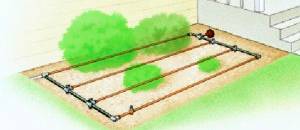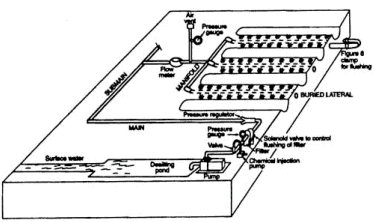|
The prospect of finding major new sources of water is small in most regions of the world. Water experts increasingly agree that the most effective long-term management strategies for dealing with water scarcity include conservation and more efficient water use. Water recycling, and re-allocation of use between complimentary partners can offer substantial potential for stretching water supplies.
|
 |
In Japan and Singapore for example reclaimed wastewater is used to flush toilets in commercial and residential buildings. Improvements in efficiency have also been made in the industrial sector, total industrial water use peaked in 1973 and then dropped 24 percent by 1989. Industrial output, meanwhile, climbed steadily. As a result, the value of output from each cubic meter of water supplied to Japanese industries rose from $21 in 1965 to $77 (in real terms) in 1989.
|
 |
In some towns in Kansas farmers provide the town with fresh water and in return the towns provide the farmers with treated wastewater with which to irrigate their crops. |
 |
During California's recent six-year drought 20 percent reductions were made in state water use, resulting from industrial activities, at little economic cost. This suggests that fairly large reductions could also be made in the two thirds water use that is now devoted to agriculture, perhaps enough to meet the domestic water needs of the world's current population.
|
 |
In Israel farmers utilise drip-irrigation techniques (figure 5) and have achieved up to 95 percent efficiency in delivery, more than doubling food production in the last 20 years without increasing their use of water. Even more dramatic increases are possible where improved irrigation techniques are coupled with careful selection of less water-intensive crops and use of terracing and contour farming. Worldwide, use of drip irrigation has grown 28-fold since the mid-seventies, but still accounts for less than 1 percent of world irrigated area.
|

